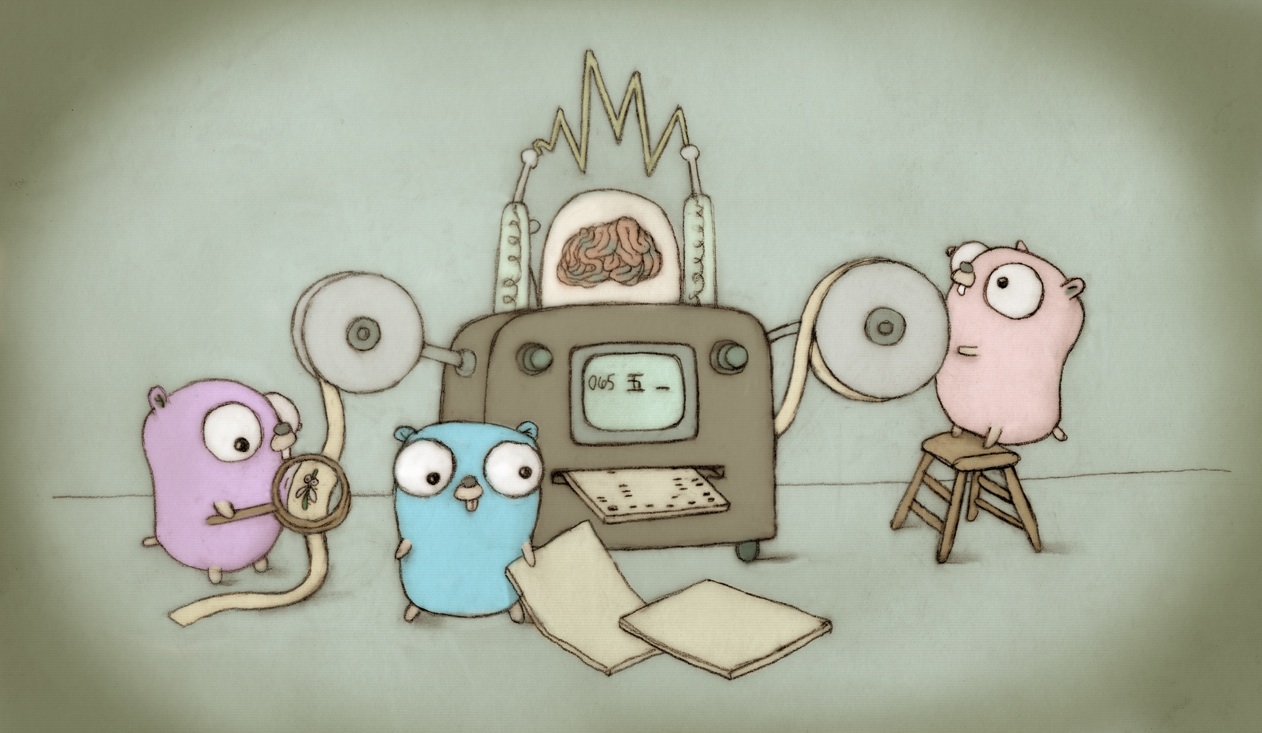Brief background on "why heap allocate". Things can be forced to the heap for the following reasons: 1) address published, hence lifetime unknown. 2) size unknown/too large, cannot be stack allocated 3) multiplicity unknown/too large, cannot be stack allocated 4) reachable from heap (not necessarily published) The bug here is a case of failing to enforce 4) when an object Y was reachable from a heap allocation X forced because of 3). It was found in the case of a closure allocated within a loop (X) and assigned to a variable outside the loop (multiplicity unknown) where the closure also captured a map (Y) declared outside the loop (reachable from heap). Note the variable declared outside the loop (Y) is not published, has known size, and known multiplicity (one). The only reason for heap allocation is that it was reached from a heap allocated item (X), but because that was not forced by publication, it has to be tracked by loop level, but escape-loop level was not tracked and thus a bug results. The fix is that when a heap allocation is newly discovered, use its looplevel as the minimum loop level for downstream escape flooding. Every attempt to generalize this bug to X-in-loop- references-Y-outside loop succeeded, so the fix was aimed to be general. Anywhere that loop level forces heap allocation, the loop level is tracked. This is not yet tested for all possible X and Y, but it is correctness- conservative and because it caused only one trivial regression in the escape tests, it is probably also performance-conservative. The new test checks the following: 1) in the map case, that if fn escapes, so does the map. 2) in the map case, if fn does not escape, neither does the map. 3) in the &x case, that if fn escapes, so does &x. 4) in the &x case, if fn does not escape, neither does &x. Fixes #13799. Change-Id: Ie280bef2bb86ec869c7c206789d0b68f080c3fdb Reviewed-on: https://go-review.googlesource.com/18234 Run-TryBot: David Chase <drchase@google.com> TryBot-Result: Gobot Gobot <gobot@golang.org> Reviewed-by: Russ Cox <rsc@golang.org> |
||
|---|---|---|
| api | ||
| doc | ||
| lib/time | ||
| misc | ||
| src | ||
| test | ||
| .gitattributes | ||
| .gitignore | ||
| AUTHORS | ||
| CONTRIBUTING.md | ||
| CONTRIBUTORS | ||
| favicon.ico | ||
| LICENSE | ||
| PATENTS | ||
| README.md | ||
| robots.txt | ||
The Go Programming Language
Go is an open source programming language that makes it easy to build simple, reliable, and efficient software.
For documentation about how to install and use Go, visit https://golang.org/ or load doc/install-source.html in your web browser.
Our canonical Git repository is located at https://go.googlesource.com/go. There is a mirror of the repository at https://github.com/golang/go.
Go is the work of hundreds of contributors. We appreciate your help!
To contribute, please read the contribution guidelines: https://golang.org/doc/contribute.html
Note that we do not accept pull requests and that we use the issue tracker for bug reports and proposals only. Please ask questions on https://forum.golangbridge.org or https://groups.google.com/forum/#!forum/golang-nuts.
Unless otherwise noted, the Go source files are distributed under the BSD-style license found in the LICENSE file.
--
Binary Distribution Notes
If you have just untarred a binary Go distribution, you need to set the environment variable $GOROOT to the full path of the go directory (the one containing this file). You can omit the variable if you unpack it into /usr/local/go, or if you rebuild from sources by running all.bash (see doc/install-source.html). You should also add the Go binary directory $GOROOT/bin to your shell's path.
For example, if you extracted the tar file into $HOME/go, you might put the following in your .profile:
export GOROOT=$HOME/go
export PATH=$PATH:$GOROOT/bin
See https://golang.org/doc/install or doc/install.html for more details.
